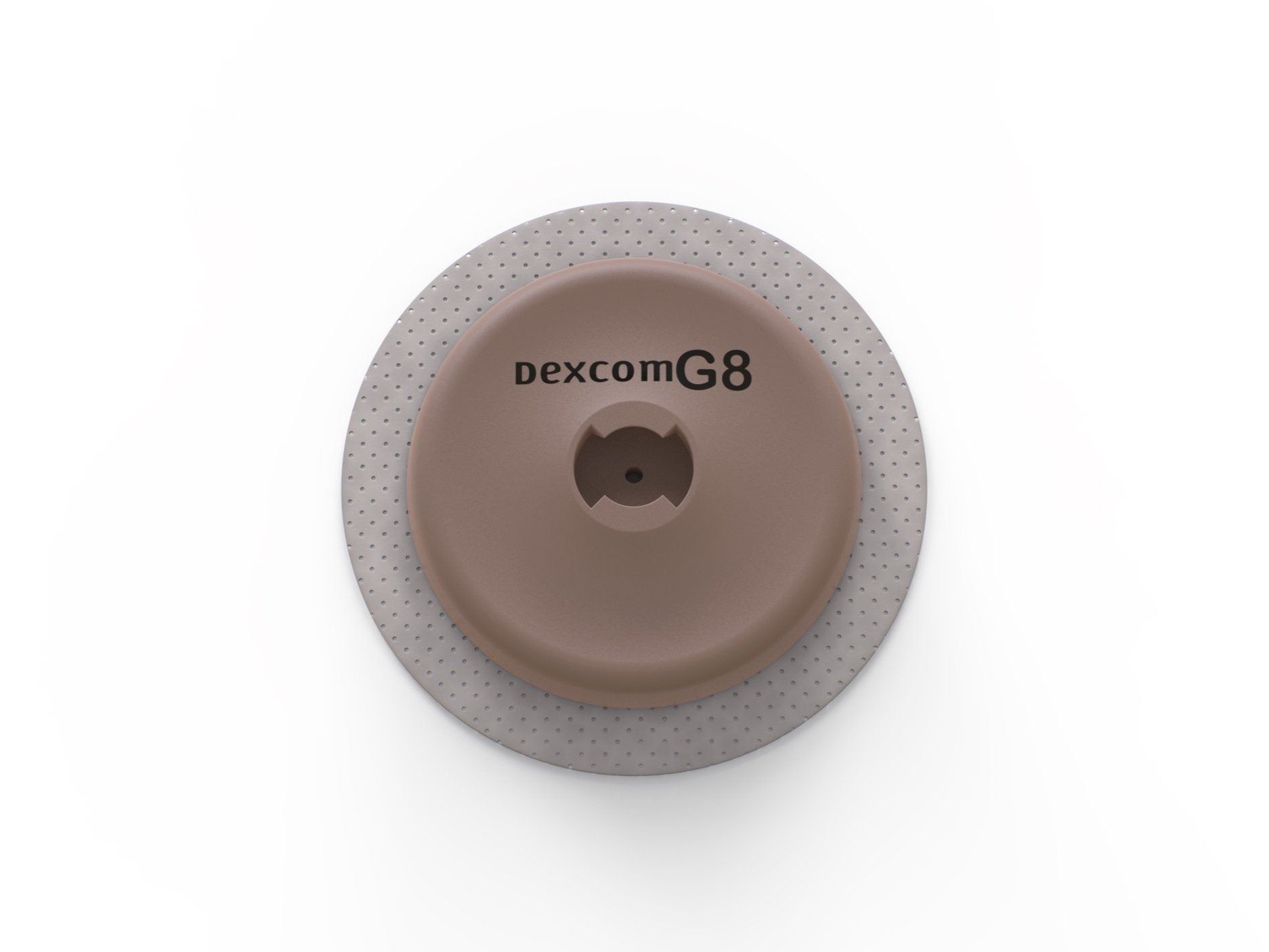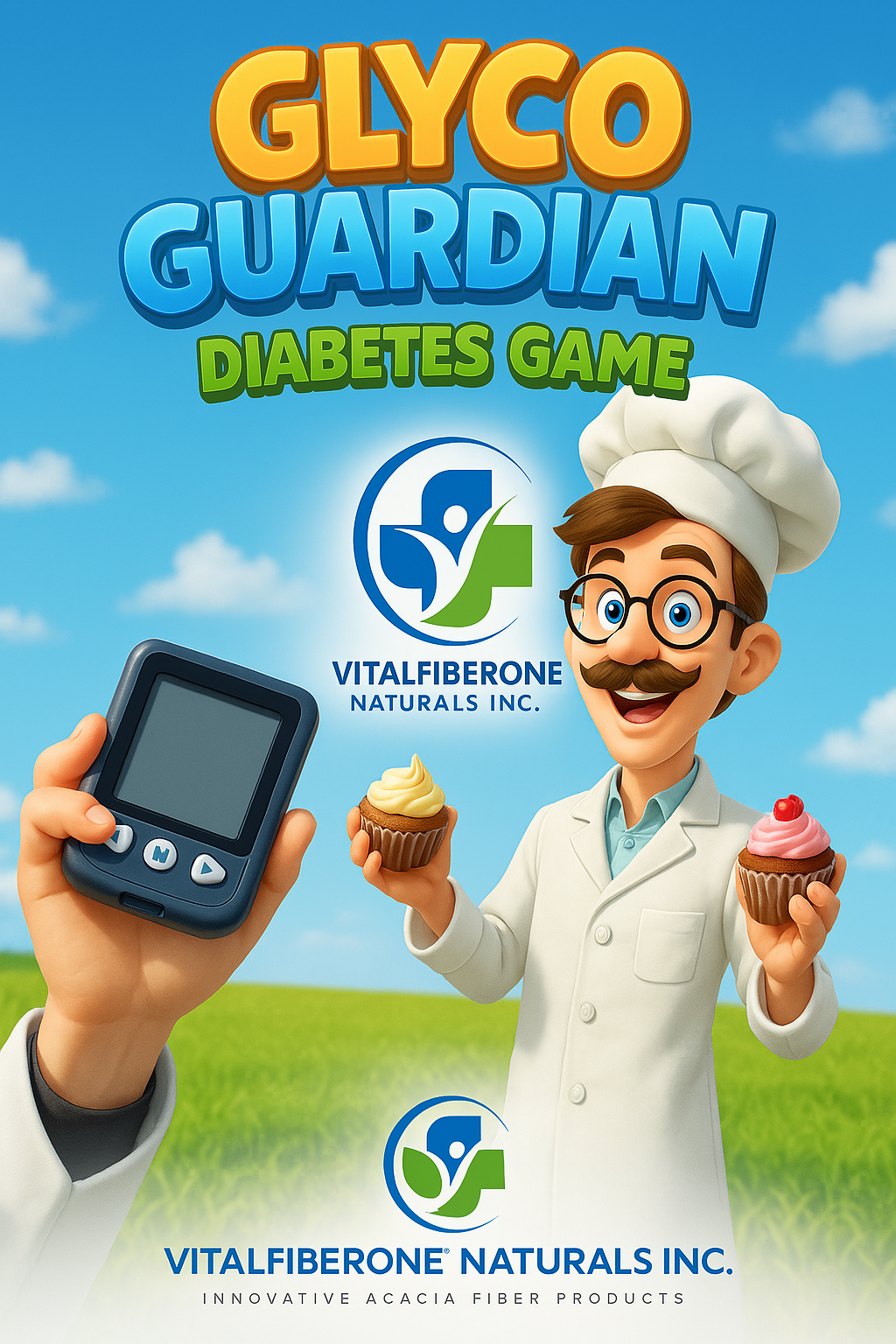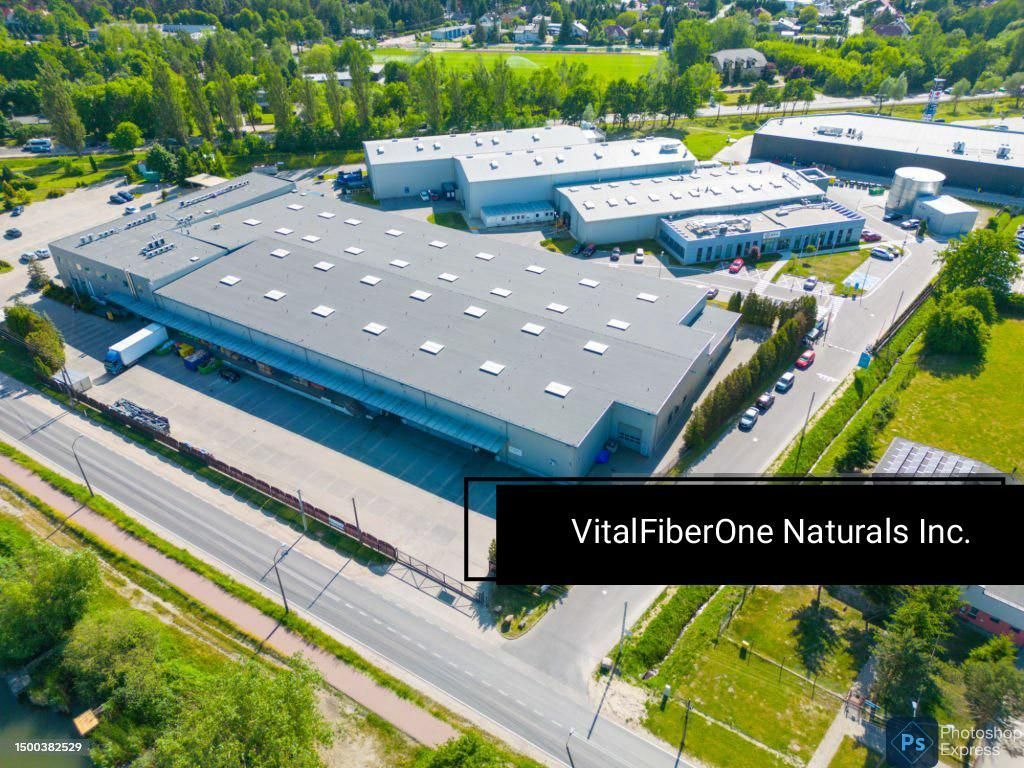Your Ultimate Guide on How to Increase Fiber Intake: Boost Your Health Today!
Dr. Emma Thompson • February 26, 2024
Your Ultimate Guide on How to Increase Fiber Intake: Boost Your Health Today!

Are you looking to revitalize your health, streamline your digestive system, and feel energized throughout the day? Increasing your dietary fiber intake might just be the game-changer you're looking for. In this informative guide, we delve deep into the world of dietary fiber and equip you with practical strategies for boosting your fiber consumption effortlessly. Get ready to transform your health as we explore the ins and outs of dietary fiber tune-up!
## Understanding Dietary Fiber: Your Health's Silent Ally
Before we unveil the secrets to a fiber-rich diet, let's first unravel what fiber is. Dietary fiber, found mainly in fruits, vegetables, whole grains, and legumes, is a plant-based nutrient that the body can't digest. It comes in two forms – soluble and insoluble – both of which champion your health in unique ways. Soluble fiber dissolves in water, forming a gel-like substance that can lower blood cholesterol and glucose levels. Insoluble fiber, on the other hand, assists in adding bulk to your stool and aids in bowel regularity.
## The Hidden Benefits of High-Fiber Foods
Why should "how to increase fiber intake" become your new wellness mantra? The benefits are numerous. A fiber-rich diet contributes to:
- **Weight Management**: Fiber-rich foods are generally more filling, making you feel satiated longer, which can help curb overeating.
- **Cardiovascular Health**: A considerable body of research suggests that high fiber intake is linked to a reduced risk of heart disease.
- **Blood Sugar Control**: By slowing down the absorption of sugar, fiber helps regulate blood sugar levels.
- **Digestive Health**: Fiber aids in maintaining bowel health, decreasing the likelihood of constipation, and may reduce the risk of colon cancer.
## Simple Strategies to Increase Your Fiber Intake
Ready to welcome more fiber into your life? Follow these expert tips:
1. **Start With Breakfast**: Begin your day with a high-fiber breakfast cereal or oatmeal topped with acacia fiber, berries or sliced banana.
2. **Whole Grains for the Win**: Swap out white bread, rice, and pasta for their whole-grain counterparts. Look for labels that say "100% whole grain" or "whole wheat."
3. **Snack Smart**: Opt for fiber-packed snacks like raw vegetables, nuts, seeds, or air-popped popcorn instead of chips or candy.
4. **Beans and Legumes**: Include a variety of beans, lentils, and chick peas in your diet. They’re incredibly versatile and can be added to soups, salads, tacos, and more.
5. **Fruits and Vegetables – Make Them Your Staples**: Aim to fill half your plate with fruits and vegetables at every meal. Keep the skin on when appropriate, as it often contains a good amount of fiber.
6. **Incorporate More Salads**: A large, raw salad with a variety of vegetables can be a fiber powerhouse. Top it with nuts or seeds for an extra fiber boost.
7. **Experiment with Fiber Supplements**: If your diet falls short, acacia fiber supplements can help fill the gap. Acacia fiber are the best source of fiber and other essential nutrients ( magnesium, calcium and potassium).
8. **Hydrate**: Increase your water intake as you up your fiber intake to help the fiber move through your digestive system and avoid constipation.
9. **Increase Fiber Intake Gradually**: To prevent bloating or gas, gradually increase your fiber intake over a few weeks. This allows your digestive system to adjust.
10. **Read Those Labels**: Pay attention to nutrition labels and choose foods with higher fiber content.
## Creating a High-Fiber Meal Plan: A Sample Day
Empower your health with a fiber-focused meal plan. Here’s a sample day to inspire you:
**Breakfast**: Overnight oats made with rolled oats, chia seeds, sliced strawberries, and almond milk.
**Morning Snack**: A small handful of almonds and a fresh apple.
**Lunch**: Quinoa salad with black beans, bell peppers, cucumbers, and avocado.
**Afternoon Snack**: Carrot sticks with hummus.
**Dinner**: Grilled chicken or tofu with a side of roasted Brussels sprouts and sweet potato.
**Dessert**: A bowl of fresh raspberries or baked pear with cinnamon.
## Tying It All Together: Your High-Fiber Lifestyle
Remember, increasing fiber intake isn’t just about changing your diet; it’s about transforming your lifestyle. Ensure you’re eating a diverse range of foods to not only meet your fiber goals but to also get a wide spectrum of nutrients that can further enhance your health.
Feeling motivated to make fiber a focus in your diet? Share your experience and tips with us in the comments below, and let's inspire each other towards better health!
By incorporating these tactics into your daily routine, you’ll soon reap the countless benefits of a fiber-rich diet. Not only will your digestive system thank you, but you'll also be taking significant strides towards overall well-being and longevity. It's not just about answering the question of how to increase fiber intake; it's about embracing a holistic approach for a healthier, more vibrant life.
## Fiber Intake: Building Blocks for a Healthier Gut Microbiome
Another major advantage of boosting your fiber intake is the positive impact it has on your gut microbiome. A diverse and rich gut flora is crucial for immune function, mental health, and even preventing certain chronic diseases. Fiber acts as a prebiotic, feeding the good bacteria in your gut and helping them to flourish.
## Innovating Your Recipes with Fiber
Here are a few creative ways to sneak more fiber into your classic favorites:
- Make a hearty chili or stew with kidney beans and a variety of vegetables.
- Use whole grain flours in your baking – try making muffins with oat flour or whole wheat banana bread.
- Incorporate vegetables like spinach or pumpkin into smoothies. They blend in seamlessly and ramp up the fiber content.
## Overcoming Fiber Intake Challenges
Some might face challenges when trying to increase their fiber intake, such as digestive discomfort or lack of ideas to maintain a high-fiber diet. To overcome this, consider:
- Introducing fiber-rich foods slowly and in small amounts.
- Cooking fiber-rich foods, as this can make them easier to digest.
- Keeping a food diary to help identify what works best for your digestive system.
## Embrace the Fiber Lifestyle!
A high-fiber lifestyle isn't just about numbers and targets, it's a commitment to enhancing your overall diet for a healthier life. It's about creating habits that you can maintain for the long term, enjoying a rich variety of flavorful foods that also boost your health.
So, get creative in the kitchen, enjoy your meals, and take pride in the steps you're taking towards better health. An increase in fiber intake can mean an increase in life's vitality. Make that change, one fiber-rich bite at a time!
And remember, whether you're embarking on this journey alone or encouraging your family to join in, every step forward is a step towards a healthier future. We hope this guide has illuminated the path to increasing your fiber intake and that it serves as a catalyst for lasting health and wellness.
Share your journey with us and join the conversation! What are your favorite high-fiber foods? How have you successfully increased your fiber intake? Let's create a community of health enthusiasts who support and inspire one another!
*This is more than just dietary advice; it's a pathway to a more energetic and fulfilling lifestyle. Embrace the fiber-filled journey with gusto!*
## The Long-Term Vision for Your Fiber-Rich Diet
Living a high-fiber lifestyle isn't a fad diet or a temporary fix—it's a sustainable way to improve your everyday living. By incorporating these changes into your day-to-day life, you can help to ensure that you not only reach your dietary goals but also make a long-lasting, positive impact on your overall health.
## Navigating Eating Out and Keeping Fiber on the Menu
When dining out, don't shy away from asking for whole grain bread options, adding a side of vegetables, or starting your meal with a robust salad. Many restaurants are accommodating dietary preferences, and it’s becoming easier to make fiber-rich choices wherever you go.
## Staying Motivated and Tracking Your Progress
Keep a record of your fiber intake and how it correlates with improvements in your health and well-being. This can keep you motivated and provide tangible evidence of the positive changes you're making.
## Partnering with Healthcare Professionals
If you have any concerns about increasing your fiber intake or if you suffer from any digestive disorders, it is always best to consult with a healthcare professional. They can provide personalized advice and ensure that your dietary changes are suitable for your specific needs.
## Concluding Thoughts
Increasing your fiber intake has profound benefits that extend beyond digestion. It's about cultivating a life that’s full of vitality and wellness. Through strategic meal planning, mindful eating, and innovative cooking, you can elevate your fiber intake and, in turn, enhance the quality of your life.
Remember to reach out to us with your stories, questions, and favorite fiber-rich recipes – your insights enrich our community and further the conversation on health!
In a world brimming with fast food and quick fixes, choosing the path of fiber is a testament to your dedication to your health. Now that you're equipped with the knowledge and tactics to increase your fiber intake, you’re all set to embark on this transformative journey.
*Let your adventure towards a fiber-full life begin!*
---
Are you inspired to integrate more fiber into your diet? Excited to discover new fiber-rich recipes? Stay tuned to our blog for more health tips, nutritious recipes, and wellness strategies. Share this guide with your friends and family and join the movement towards a healthier, fiber-rich lifestyle!
*Together, let's spread the word on how to increase fiber intake and enrich our lives with health and happiness!*

Continuous Glucose Monitors (CGMs) have transformed diabetes management by providing real-time glucose data, reducing the need for fingersticks, and enabling proactive treatment decisions. Among the leading CGMs are the Dexcom G8 and Medtronic Guardian 4, each offering unique features tailored to different user needs. This comprehensive comparison delves into their specifications, usability, accuracy, and integration capabilities to help you make an informed choice. Dexcom G8: Next-Generation Simplicity and Integration The Dexcom G8 represents Dexcom's latest advancement in CGM technology, building upon the strengths of its predecessors. Key Features Sensor Wear Time: 14 days Warm-Up Period: 30 minutes Calibration: Factory-calibrated; no fingersticks required Accuracy: Mean Absolute Relative Difference (MARD) of 8.2% Integration: Compatible with various insulin delivery systems and health apps Alerts: Customizable high and low glucose alerts Data Sharing: Real-time data sharing with caregivers via the Dexcom Follow app integrateddiabetes.com The G8's streamlined design and direct integration with smart devices, including Apple Watch, offer users a seamless experience. Its improved accuracy and reduced warm-up time enhance user confidence and convenience. Dexcom Medtronic Guardian 4: Precision and Pump Integration The Guardian 4 sensor is Medtronic's latest CGM, designed to work in tandem with their insulin pump systems, particularly the MiniMed™ 780G. Key Features Sensor Wear Time: 7 days Warm-Up Period: 2 hours Calibration: No fingersticks required Accuracy: MARD of 10.6% Integration: Seamless integration with Medtronic insulin pumps Alerts: Predictive alerts for impending highs and lows Data Sharing: Data viewable via CareLink™ Connect app The Guardian 4's strength lies in its integration with Medtronic's insulin pumps, enabling automated insulin delivery adjustments based on real-time glucose readings. This closed-loop system aims to maintain glucose levels within the target range more effectively. Side-by-Side Comparison Feature Dexcom G8 Medtronic Guardian 4 Sensor Wear Time 14 days 7 days Warm-Up Period 30 minutes 2 hours Calibration No fingersticks required No fingersticks required Accuracy (MARD) 8.2% % 10.6% Integration Multiple insulin delivery systems Medtronic insulin pumps only Alerts Customizable alerts Predictive alerts Data Sharing Dexcom Follow app CareLink™ Connect app Pros and Cons Dexcom G8 Pros: Longer sensor wear time reduces the frequency of replacements. Shorter warm-up period allows for quicker data availability. High accuracy enhances trust in glucose readings. Broad integration with various devices and apps offers flexibility. Cons: Integration with insulin pumps may require additional setup. Availability may vary by region and healthcare provider. Medtronic Guardian 4 Pros: Designed for seamless use with Medtronic insulin pumps, enabling automated insulin delivery. Predictive alerts provide early warnings for glucose excursions. No calibration required simplifies daily use. Cons: Shorter sensor lifespan necessitates more frequent replacements. Longer warm-up period delays initial data availability. Limited integration with non-Medtronic devices reduces flexibility. Dexcom User Experience and Testimonials Users of the Dexcom G8 appreciate its ease of use, accuracy, and the convenience of real-time data on their smart devices. The ability to share data with caregivers offers peace of mind, especially for parents of children with diabetes. Medtronic Guardian 4 users value the integration with Medtronic insulin pumps, noting improved glucose control and reduced manual interventions. However, some users mention the shorter sensor lifespan as a drawback. Conclusion Both the Dexcom G8 and Medtronic Guardian 4 offer significant benefits for diabetes management, but they cater to different user preferences and needs. Choose Dexcom G8 if you prioritize longer sensor wear time, quick setup, high accuracy, and flexibility in device integration. Choose Medtronic Guardian 4 if you are using or plan to use a Medtronic insulin pump and desire a fully integrated system with automated insulin delivery. Your choice should align with your lifestyle, treatment goals, and the devices you currently use or plan to use. Have you used the Dexcom G8 or Medtronic Guardian 4? Share your experiences and insights in the comments below. For more in-depth reviews and comparisons of diabetes management technologies, explore our other blog posts.

Learn how to manage diabetes with ease using VitalFiberOne™, a revolutionary solution that makes living with diabetes simple and stress-free. In this blog, we'll introduce you to a fun and interactive world education game that teaches you how to control your blood sugar levels, improve your overall health, and live a happy life with diabetes. Discover the benefits of VitalFiberOne™ and how it can help you take charge of your diabetes management.

Take control of your diabetes management with Glyco Guardian, the ultimate solution for a healthier you! In this blog, we'll show you how to make managing your diabetes easy, convenient, and most importantly, FREE! With Glyco Guardian, you'll have access to a comprehensive platform that helps you track your blood sugar levels, monitor your diet, and stay on top of your medication. Say goodbye to tedious paperwork and hello to a more streamlined approach to managing your diabetes. Join us as we explore the benefits of Glyco Guardian and discover how it can make a significant difference in your life.









